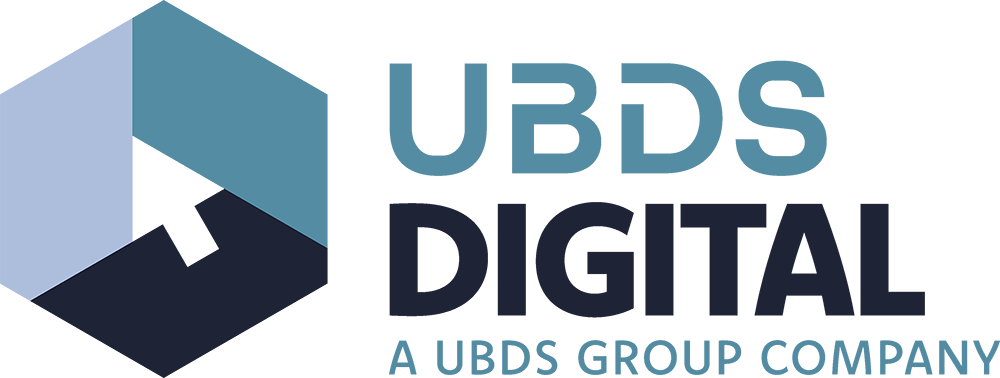
SOC as a Service vs In-House: Which Delivers Better Value and Cost Control?

Contents
Why the SOC Decision Matters More Than Ever Why the SOC Decision Matters More Than Ever The Future of SOC: AI, Automation and Cost Reduction The Future of SOC: AI, Automation and Cost Reduction In-House SOC vs. SOC as a Service: A Strategic Comparison In-House SOC vs. SOC as a Service: A Strategic Comparison How Enterprises Can Cut Cybersecurity Costs Without Compromising Protection How Enterprises Can Cut Cybersecurity Costs Without Compromising Protection Why UBDS Digital Delivers More Value - By Design Why UBDS Digital Delivers More Value - By Designfor the latest insights
Rising Cyber Threats, Rising Security Costs
Enterprise cybersecurity is under immense pressure. Threats are escalating in frequency and sophistication, compliance expectations are intensifying, and skilled security talent is increasingly difficult to retain. For many CIOs, CFOs and CISOs, the challenge isn't whether to invest in a Security Operations Centre (SOC), but how to implement one that offers sustainable value, operational efficiency, and cost control.
The real question has become: Does building an in-house SOC still make strategic sense or is Managed SOC as a Service the smarter move?
Let’s unpack the facts, the risks, and the business case for both models so you can make an informed, strategic decision.
Why Managed SOC Decision Matters More Than Ever
With cyberattacks now among the top five risks facing global enterprises (World Economic Forum, 2024), the importance of robust, real-time threat detection has never been higher. Yet many legacy SOC models particularly in-house environments are struggling to deliver the speed, flexibility, and cost-efficiency modern businesses need.
Across the UK and beyond, executive teams are discovering that their internal SOC investments are producing diminishing returns, weighed down by:
- Soaring staff and tooling costs
- Delayed incident response
- Siloed visibility across hybrid environments
- Ever-changing compliance demands
At the same time, Managed SOC services (also known as SOC as a Service or SOCaaS) are offering a leaner, smarter, and more predictable path to cyber resilience.
The Future of SOC: AI, Automation and Cost Reduction
Modern SOCs are evolving beyond people-intensive operations into automated, intelligence-driven platforms. Here’s what forward-thinking organisations are prioritising:
AI-Powered Threat Detection
AI and machine learning enable SOCs to correlate thousands of alerts in real time, dramatically reducing false positives and spotting subtle attack patterns humans miss.
Automated Incident Response
Best-in-class SOCs integrate Security Orchestration, Automation and Response (SOAR) tools to contain threats within seconds not hours or weeks improving both protection and efficiency.
Elastic, Cloud-Native Infrastructure
Scalable SOC services eliminate the hardware and software maintenance burdens of traditional in-house environments, supporting hybrid and remote workforces seamlessly.
Predictable, Value-Based Pricing
Enterprises no longer want variable support hours or reactive billing. They need clear cost structures tied to outcomes.
Let’s break down the real-world business implications of each approach.
In-House SOC
✔ Full control over staffing, tools, and incident handling
❌ Significant upfront investment in infrastructure, licences, and talent
❌ High ongoing costs for 24/7 staffing and compliance reporting
❌ Difficult to scale across hybrid cloud environments
❌ Limited agility in responding to threat landscape shifts
Managed SOC as a Service (SOCaaS)
✔ 30%+ cost savings with no CAPEX or staffing overheads
✔ Built-in access to AI, automation, and real-time threat intelligence
✔ Fully managed by specialists with 24/7 monitoring and response
✔ Elastic scalability and seamless cloud integration
✔ Maintains compliance with leading standards.
How Enterprises Can Cut Cybersecurity Costs Without Compromising Protection
Cost control does not mean cutting corners - it means removing inefficiencies and redirecting investment into what actually works.
Here are four strategic actions to consider:
1. Audit Your SOC Spend
Understand what you’re really paying for. Many enterprises discover overlapping tools, underutilised platforms, or duplicated services that inflate costs.
2. Benchmark Internal vs External SOC ROI
Compare operational outcomes, not just invoice totals. Ask: How fast is threat response? What’s your mean time to detect and resolve incidents?
3. Prioritise Outcome-Based Models
Shift from hours-based or tools-based billing to outcome-driven SLAs—such as guaranteed cost savings, response times, and compliance coverage.
4. Embrace Security-as-a-Service
Modern businesses subscribe to everything from CRM to payroll—cybersecurity should be no different. SOCaaS models offer the agility, predictability and resilience enterprises need today.
Why UBDS Digital Delivers More Value - By Design
Here’s how we stand out from our competitors:
- 30% Guaranteed SOC Cost Reduction—backed by real-world benchmarks
- SC/DV-cleared UK-based analysts operating from our Manchester SOC
- AI-powered detection and SOAR-driven response as standard
- All-inclusive pricing—incident response, threat intelligence, dark web monitoring, and attack surface visibility are included as standard. No hidden fees.
- Proven migration framework with zero downtime and immediate operational effectiveness
Whether you're exploring a full transition or hybrid augmentation, UBDS Digital provides a risk-free path to modernising your security operations without compromise.
Take the Next Step: Download the 30% Cost Savings Guide for Managed SOC
If you're questioning whether your current Security Operations Centre (SOC) is delivering real value or simply absorbing budget, it’s time to explore a smarter, more cost-effective alternative.
The Managed SOC Cost Savings Guide for Enterprise Leaders provides everything you need to make an informed decision, fast.
Inside, you'll discover:
- A side-by-side cost comparison of in-house SOC vs. Managed SOC models
- How to identify inefficiencies and hidden costs in your current setup
- What to look for in a next-generation SOC partner—beyond the sales pitch
- Real examples of UK enterprises achieving 30%+ guaranteed savings without compromising security or compliance
📩 Download Now
No jargon. No fluff. Just practical, executive-level guidance to help you cut costs without cutting corners.

Looking for
exceptional outcomes?






